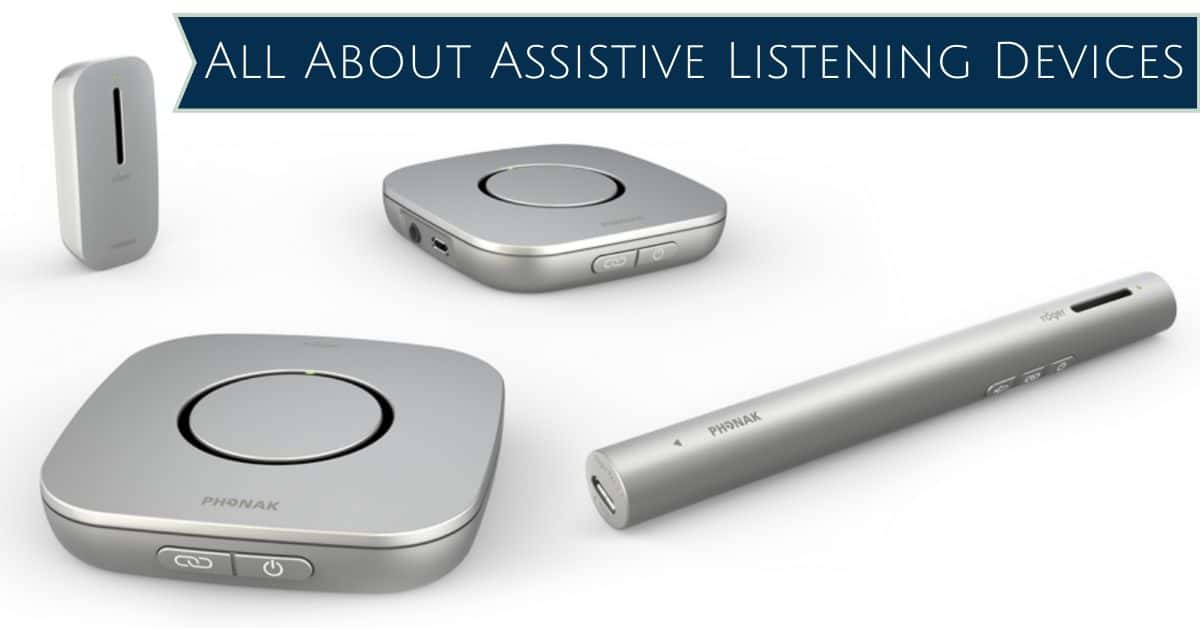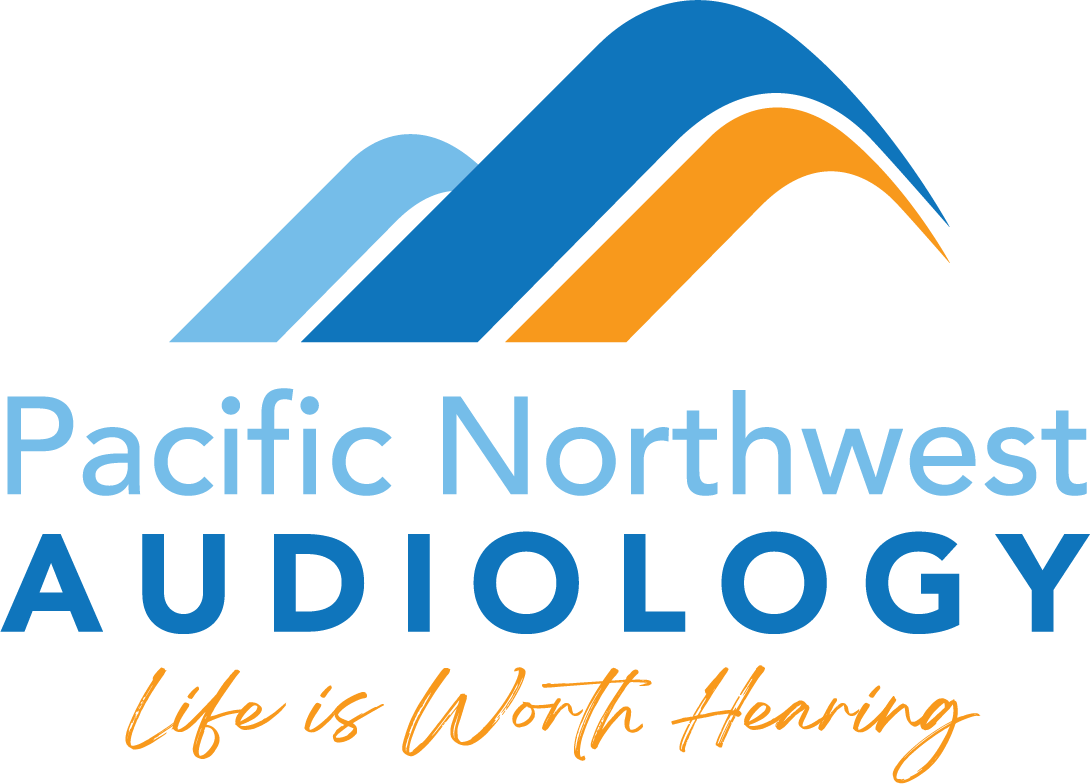
You may think that hearing assistance stops with hearing aids. Although traditional hearing aids are remarkably effective for many people, they are not alone in the world of assistance. One type of device that has been receiving praise of late is the Assistive Listening Device, or ALD, otherwise known as an Assistive Listening System, or ALS. Let’s take a moment to understand exactly what an Assistive Listening Device does, how it functions, and who might be interested in seeking out one of these units. Although they are not suited to all forms of hearing loss, they can be quite effective for some people and many of them can even be used in conjunction with hearing aids.
What is an Assistive Listening Device?
An Assistive Listening Device is a unit that functions as an amplifier to bring sound directly to the ear. The particular benefit of the Assistive Listening Device is its ability to differentiate speech from the surrounding noise of a room. By amplifying the human voice while also reducing the sound of background noise, these devices are said to have a better “speech to noise ratio” than some other forms of hearing assistance. The unit usually looks like a device similar to a smartphone or media player. Headphones or earbuds are connected to the Assistive Listening Device to bring the sound of a room closer to the ears in a form that makes them easier to understand.
How do Assistive Listening Devices work?
There are three main types of Assistive Listening Devices, designated according to the technology they use to function. FM systems use radio waves to, in effect, broadcast sound to the ears. These units can be helpful in educational settings or places where mobility is a top priority. The second form of Assistive Listening Devices use Infrared technology to transform light into sound. One of the benefits of this kind of assistance is that it can provide privacy at the same time as amplification. As you know, radio waves travel through walls and across space, making it possible for someone to pick up the transmission from a secret location. Light, on the other hand, does not transmit through walls. These devices are very useful for courtroom scenarios or locations where privacy is of utmost importance. Infrared signals can be used by anyone in a room with hearing impairment without permitting that signal to leave the room. The final form of Assistive Listening Device is the Inductive Loop System. This system creates an electromagnetic field to transmit sound. One of the benefits of this type of device is that it does not require an extra device to be worn. The field actually extends through the air and can be received by those who have hearing aids with “t-coil” technology. You may have seen signs in public spaces that alert the public to the presence of Inductive Loop Systems. Anyone with an appropriate receiver or hearing aids able to pick up the signal can benefit from this public service.
Who can benefit from using an Assistive Listening Device?
Hearing aids have made remarkable strides when it comes to differentiating the voice of a speaker from the surrounding noise of a room. Some new models even come equipped with an app that allows the user to select the hearing profile, tailoring the type of amplification to the specific space. However, many older models of hearing aid do not allow the user to differentiate background noise from the voice of a speaker. If you find that you have trouble in loud environments with this type of sound differentiation, then an Assistive Listening Device might be right for you. Restaurants are a prime culprit, where the loud din of voices and cavernous acoustics combine to create a space that echoes and reverberates with all kinds of sound. Lectures, presentations, plays, school events, and any place where the speaker is distant in space from the listener can also make this type of hearing difficult. If you are interested in this type of device, be sure to contact your hearing healthcare provider. Although there are models available on the commercial market, some of them are not suited to different types of hearing loss, and you will want to be sure to get the right type of assistance for your unique set of ears.
